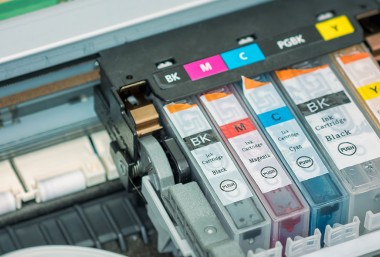The High Court of Australia has recently passed down a landmark 4-3 majority decision in Calidad Pty Ltd v Seiko Epson Corporation (Calidad v Seiko) that overturns a decision that has been followed in Australia for more than 100 years. The Calidad v Seiko decision establishes two important precedents in Australian patent law:
- that the rights of a patent owner in relation to a product are exhausted upon the first sale of that product, and
- that the subsequent modification of that product to prolong the life of the product and make it more useful is not an infringing activity.
Unauthorised new manufacture of a patented product is still an infringing activity in Australia.
This decision places Australian patent law in line with decisions of the US Supreme Court and the European Court of Justice in relation to the exhaustion of rights doctrine.
Background and the implied licence doctrine
Calidad v Seiko centred around printer cartridges manufactured by Seiko to which Seiko held patent rights in Australia. Once sold and then used by a consumer, those cartridges were refilled and modified. The refilled and modified cartridges were imported into Australia for sale by Calidad. The modifications included refilling the cartridges and either replacing or reprogramming the memory chips so that the cartridges could be reused.
In a previous decision, a Full Court of the Federal Court analysed whether those modifications breached the implied licence of the cartridges. The implied licence doctrine gives to a purchaser of a patented product the right to exploit the product as necessary to make use of that product, including repairs and replacing of parts as needed. However, the implied licence doctrine provides scope for the patent owner to place restrictions or conditions upon the implied licence, making it unclear how the rights conferred to the purchaser extend in relation to modifications, subsequent uses and resales of the patented product.
The Federal Court attempted to establish the scope of the implied licence by looking at the single-use nature of the product as it was sold. The Federal court determined that replacing the memory chip of the cartridge, the memory chip being an essential integer of the independent claim, resulted in newly manufactured non-single-use embodiment of the invention. The Federal court then concluded that since this new manufacture did not fall under the single-use scope of the implied licence of the original product, the implied licence of the original did not extend to this new cartridge and thus Seiko’s patent rights had been infringed.
High Court and the exhaustion of rights doctrine
Calidad, on appeal to the High Court, argued that the courts should instead apply the exhaustion of rights doctrine, whereby the rights of a patent owner in relation to a patent-protected product are exhausted upon the first sale of that product.
The majority of the High Court agreed that the exhaustion of rights doctrine results in a simpler approach to dealing with reuse and resale of patent-protected products, because it does not impart a fictional or implied licence that may have real conditions or restrictions. The majority of the High Court also found that the exhaustion of rights doctrine is more consistent with Australian patent law, since the right to exploit a patent does not explicitly extend to the product after sale or distribution by the patentee.
The High Court, adopting the exhaustion of rights doctrine, did not look to establish the scope of an implied licence but merely assessed the printer cartridge modifications in relation to the claims. Since the memory chips were either replaced by equivalent or similar Seiko cartridge memory chips, or simply reprogrammed to read as ‘full’ rather than ‘empty’, the majority agreed that the modifications did not result in the new manufacture of the patented product. Instead, the modifications resulted in the same product simply refurbished to function in the original intended manner of the claimed invention. Therefore, the High Court concluded that Calidad’s actions did not infringe Seiko’s patent rights.
Takeaways going forward
This decision brings with it a significant change in both the way patentees in Australia should view post-sale use of their patented products, and the way third parties should view repairing, modifying or reselling those same patented products in Australia.
- Patentees cannot rely on patent rights to impose restrictions on the post-sale use of their products, but should make explicit any post-sale conditions or restrictions at the time of sale, through contractual arrangements enforceable through contract law.
- Third parties altering and reselling a purchased patented product wanting to avoid infringement should carefully assess, with specific reference to the claims of the patent, whether those alterations simply prolong the life of the product or make it more useful or whether they instead result in a new manufacture of the product. Unauthorised new manufacture of a patented product is still an infringing activity in Australia.
This decision applies to patent rights in relation to the particular product sold.
To receive updates on IP decisions in Australia, you can sign up to our newsletter in the footer of our website below.





















